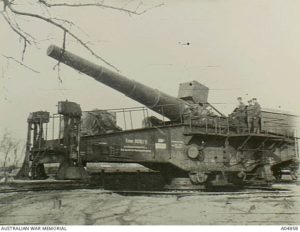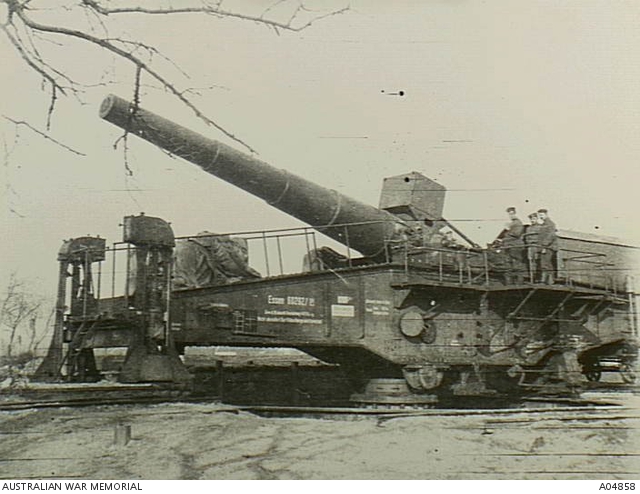At 4.20am on 8 August 1918 430 British tanks lead a massive united Allied attack against the German army on the Western Front. The Australian Corps spearheaded the attack, led by Lieutenant General John Monash. The British 3rd Corps provided support on their left, and the Canadian Corps on their right. Aircraft of the British and Australian Flying Corps provided aerial support, bombarding enemy defences and severing enemy lines of communication.
The Australian 2nd and 3rd Divisions advanced rapidly along a 3.6km wide front in dense fog. By 7.30am they had broken through the German lines. Within the hour the Australian 4th and 5th Divisions had overtaken them, taking the village of Bayonvillers without contest. So successful was the advance that it ran ahead of Monash’s estimations.
By day’s end the Allies had forced an opening 20 kilometres wide and 11 kilometres deep in the enemy lines. Germany had sustained 27,000 casualties, including 16,000 prisoners, 7,925 of whom were captured by the AIF, who had also seized 173 guns.
Fighting continued until 11 August by which time Amiens and 116 other towns and villages on the Western Front had been liberated.
The counteroffensive was the most comprehensive allied victory to date. It heralded the beginning of the Hundred Days campaign, a four-month period of continued Allied success.
German morale sank to an all-time low in the prospect of imminent defeat. German commander General Erich Ludendorff later recorded:
August 8th was the black day of the German Army in the history of the war. This was the worst experience I had to go through … The 8th of August opened the eyes of the Staff on both sides; mine were certainly opened … The Emperor told me later on, after the failure of the July offensive and after August 8th, he knew the war could no longer be won.
The Australian Commander, Lieutenant General John Monash, was subsequently knighted by King George V for his role in securing an Allied victory.
Four men form the Orange district died during the Battle of Amiens; a fifth later died from wounds received during the battle:
Edmund Thomas Cornish
Spencer William Coleman
Howard Vivian Hawke
Alexander Murray Woods
Daniel Malcolm Wann

The 28 cm calibre German railway gun which became known as the Amiens Gun after its capture by Australian troops on 8 August 1918. Image courtesy Australian War Memorial.
The Amiens Gun was a 45 ton German 28-centimetre calibre railway gun captured by the Australian Imperial Force during World War I. The gun was brought to Australia as a war trophy and placed on public display at Central Railway Station, Sydney, between 1920 and 1923. The gun’s carriage was scrapped during the 1960s, the gun barrel remains on display at the Australian War Memorial in Canberra. The Amiens Railway Gun on display at Central Railway Station

